|
|
A
Close-up
View
of
the
Deadnettle Hybrid 'Purple Dragon'
|
|
|
A
Close-up
View
of
the
Deadnettle Hybrid 'Purple Dragon'
|

























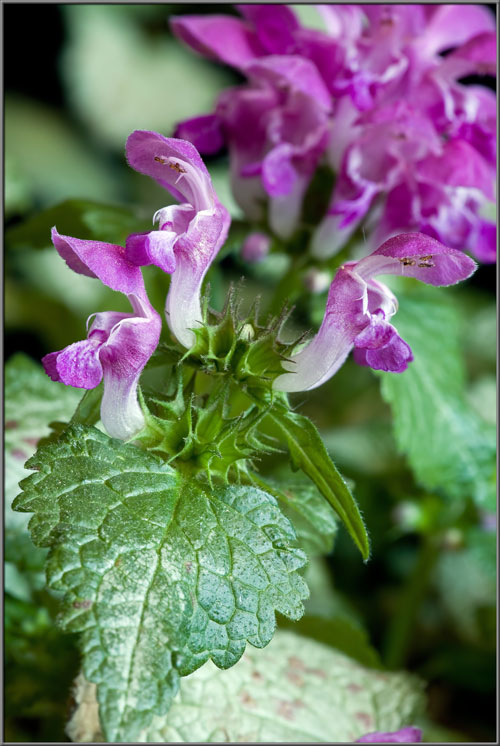



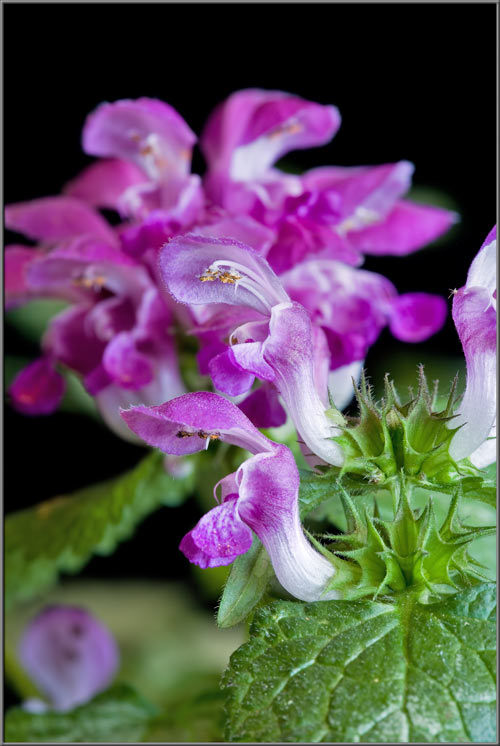































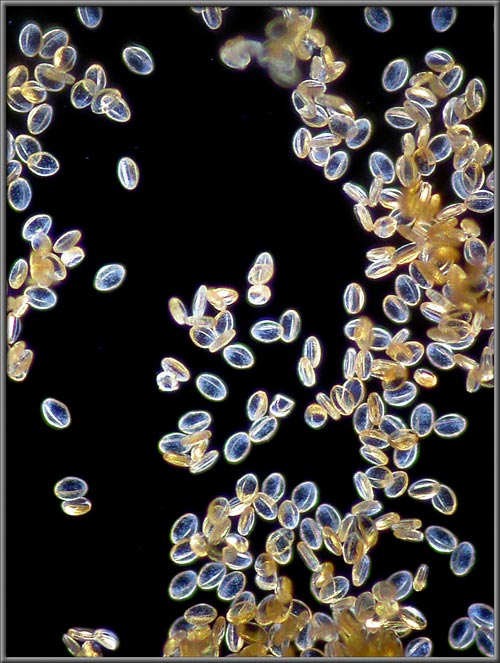










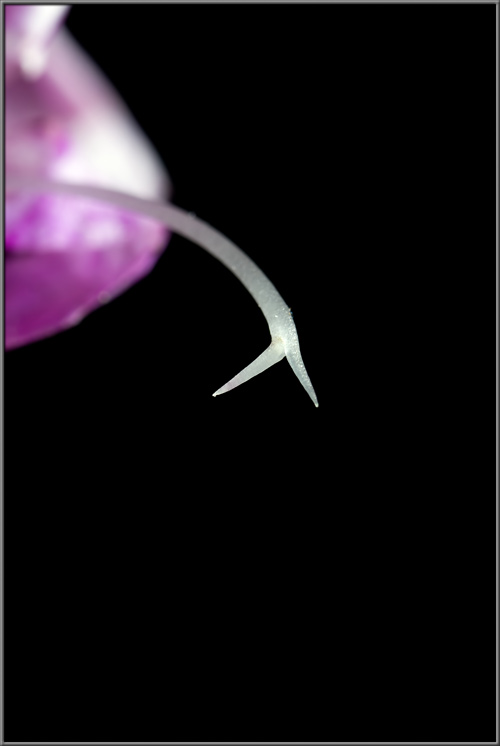











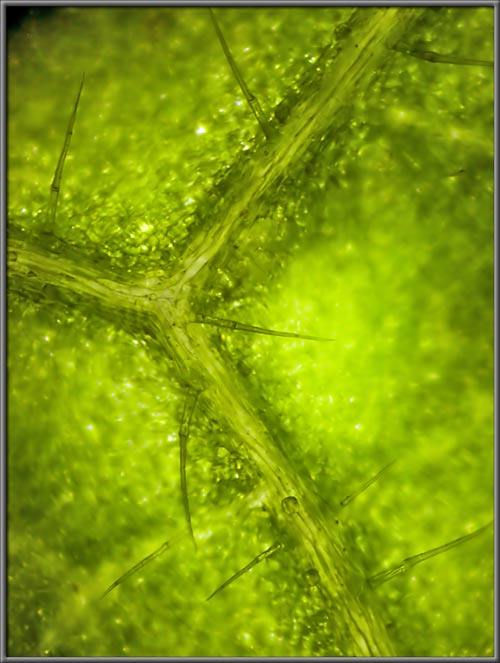





Published in the
March 2013 edition of Micscape.
Please report any Web
problems or
offer general comments to the Micscape
Editor.
Micscape is the on-line monthly
magazine
of the Microscopy UK web
site at Microscopy-UK
© Onview.net Ltd, Microscopy-UK, and all contributors 1995 onwards. All rights reserved. Main site is at www.microscopy-uk.org.uk with full mirror at www.microscopy-uk.net .